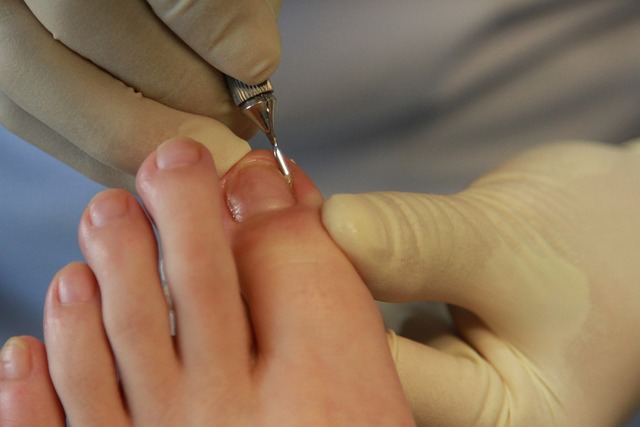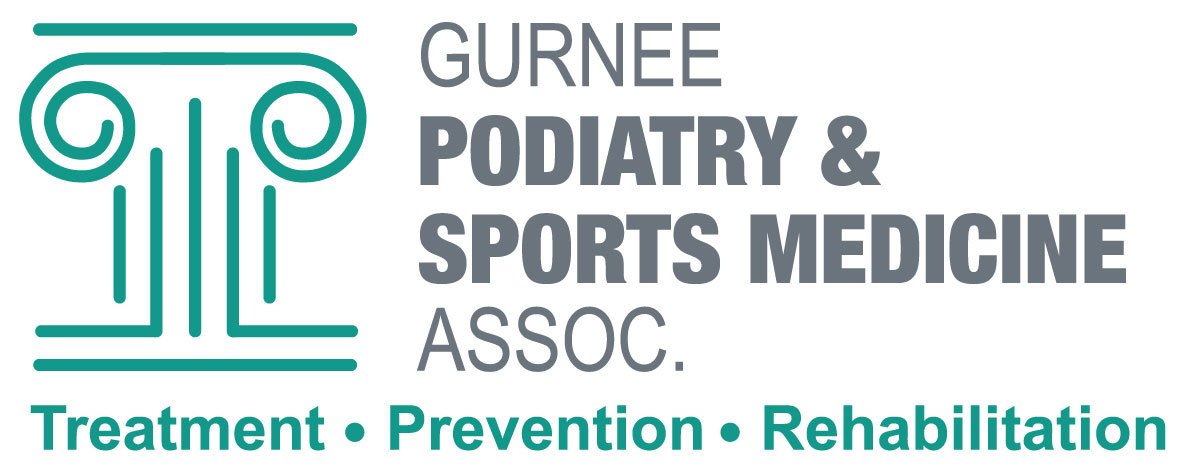Do you have redness, swelling, and pain in one of your toenails? Or does it appear that the nail is growing underneath the skin on the side of the toenail? If so, you may have an ingrown nail. Ingrown toenails are a common issue that can particularly affect the big toe. In most cases, you can remedy this common ailment at home, but sometimes it requires the assistance of a medical professional to address any potential infection or other complications. Read below as we discuss in more detail the symptoms and causes of ingrown toenails and when to seek treatment.
What Is an Ingrown Toenail?

An ingrown toenail can develop after trauma to the nail or nail bed or because of biological growth. The most common cause of an ingrown toenail is improper grooming and trimming. Cutting a toenail too short and tapering the sides to follow the shape of your toe can cause it to grow improperly and enter the skin on the side of the toe. An ingrown toenail can result in significant pain, swelling, and infection if you don’t address it appropriately.
What Signs and Symptoms Should You Look For?
The most common signs and symptoms of an ingrown toenail include:
- Redness, pain, or swelling on one or both sides of the nail.
- White or yellow liquid draining from the side of the nail.
- Warmth in the area around the nail.
What Causes Ingrown Toenails?
An ingrown toenail can occur for a variety of reasons. Any of the following can cause this common issue:
- Trimming a nail too short, which then grows back under the skin.
- Wearing shoes or socks that are too short or are tight on your feet.
- Inheriting a condition that causes your nail to be too large for the nail bed.
- Receiving a sports injury that’s causing pressure on the toe.
- Dealing with certain medical conditions.
What Risk Factors Should You Be Aware Of?
Anyone is at risk of experiencing an ingrown toenail at some point in their lives. Although you don’t necessarily need to view it as a major risk, knowing the scenarios where it can endanger your health is vital.
For example, if you have diabetes, you may be more prone to complications from ingrown toenails. The poor blood circulation and nerve damage that frequently occurs with diabetes also increase the risk of infection from any minor injury to the foot. It’s critical not to take the risk of serious infection lightly if you have diabetes. If you don’t seek treatment for an infected toenail, it can lead to an infection of the bone (osteomyelitis).
Other common factors that increase your risk of ingrown toenails include the following:
- Being an adolescent, when feet may perspire more and soften the skin around the nail bed.
- Wearing shoes or socks that constrict your feet or toes.
- Cutting the nails too short or shorter on the sides.
- Having a condition that causes poor circulation, such as diabetes.
- Being unable to use proper hygiene to take care of your toes or feet.
- Participating in activities that create pressure on the toes, such as dancing, kicking, and running.
Addressing these issues can help you prevent ingrown toenails. Trimming your toenails straight across is one of the best ways to avert future ingrown toenails, along with ensuring you wear shoes and stockings that fit correctly. Taking care to address your diabetes with appropriate treatment and regular medical care can help alleviate complications or stop a severe infection from developing.
If you have children, make sure they wear socks that keep their feet from sweating excessively and encourage them to go barefoot when at home. It’s also important they always wear fresh, clean socks before playing any sport and remove them as soon as possible so their feet can adequately dry. You may, unfortunately, find yourself prone to frequent ingrown toenail issues if you’re a dancer.
What Treatment Options Are Available?
At-Home Treatments
There are treatments you can do on your own at home. At-home treatments should be your first response unless you’re predisposed to infection because of other medical conditions, such as diabetes. Treatments you can do yourself include the following:
- Soaking your feet in warm water or taking anti-inflammatory medication to relieve inflammation and swelling.
- Using topical antibiotic cream or gel to fight infection.
- Placing gauze or cotton under the nail bed to help lift the nail.
Call your doctor or podiatrist for further medical treatment if you don’t see improvement after a few days.
When To See a Podiatrist
You may want to contact your podiatrist for evaluation and further treatment if your toenail doesn’t look or feel better after three days of using the at-home remedies. The treatment options your podiatrist offers may include any of the following:
- Lifting the nail slightly and placing a splint under it to help the nail grow out of the skin, which can take two to 12 weeks, depending on the severity of the ingrown nail. Your podiatrist may also recommend corticosteroid cream after soaking the foot to relieve swelling and inflammation.
- Taping the nail to prevent it from growing into the skin beside it.
- Partially removing the nail or surrounding tissue so the nail can grow properly and help the skin return to its normal state. This treatment involves numbing the tissue before the procedure and may include using laser treatment, treating the nail root with a chemical to prevent regrowth, or applying other methods.
Our podiatrists can assist you if you have a persistent and recurring issue with an ingrown toenail. We have in-office treatments that can provide a simple, permanent solution.
How Do You Schedule an Appointment?
If you’ve already tried home treatments and haven’t found relief, please feel free to schedule an appointment to have Dr. Lisa M. Schoene, or any of our other specialists at Gurnee Podiatry & Sports Medicine Assoc., look at it to properly assess your medical needs and treatment options. You can also call our office to schedule at 847-263-6073.
